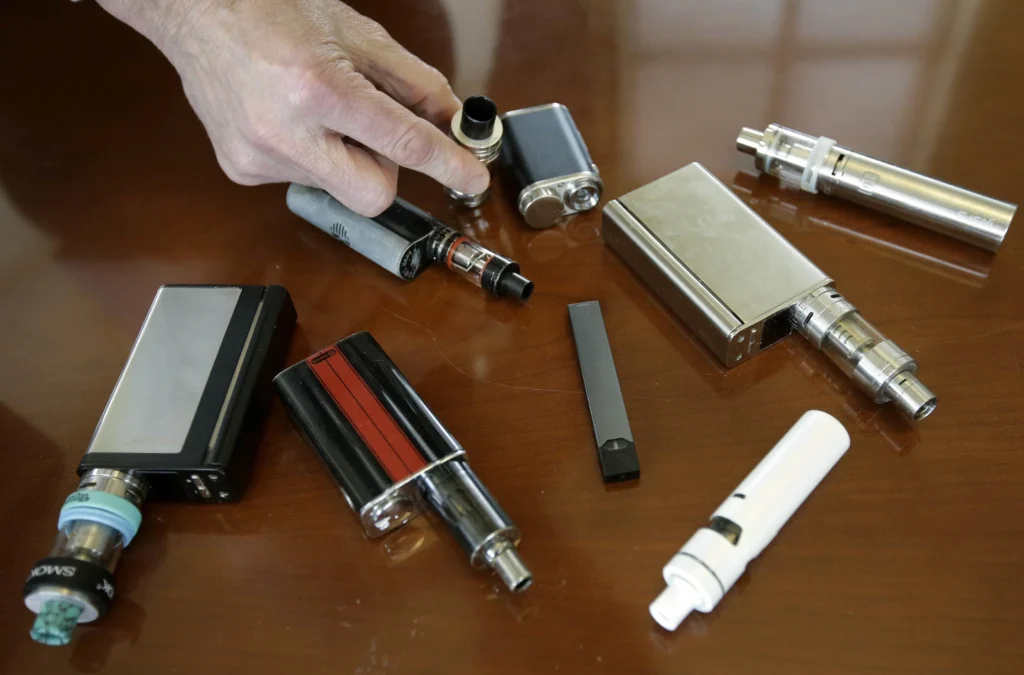By AP News
Published on January 26, 2024
When Aaliyah Iglesias was caught vaping at a Texas high school, she didn’t realize how much could be taken from her.
Suddenly, the rest of her high school experience was threatened: being student council president, her role as debate team captain and walking at graduation. Even her college scholarships were at risk. She was sent to the district’s alternative school for 30 days and told she could have faced criminal charges.
Like thousands of other students around the country, she was caught by surveillance equipment that schools have installed to crack down on electronic cigarettes, often without informing students.
Schools nationwide have invested millions of dollars in the monitoring technology, including federal COVID-19 emergency relief money meant to help schools through the pandemic and aid students’ academic recovery. Marketing materials have noted the sensors, at a cost of over $1,000 each, could help fight the virus by checking air quality.

